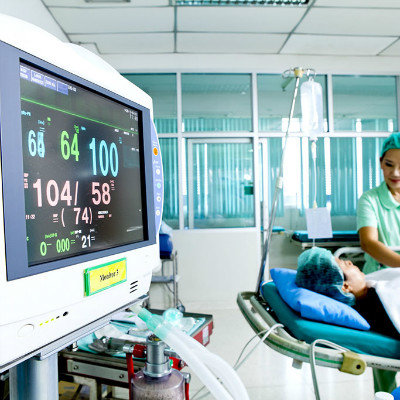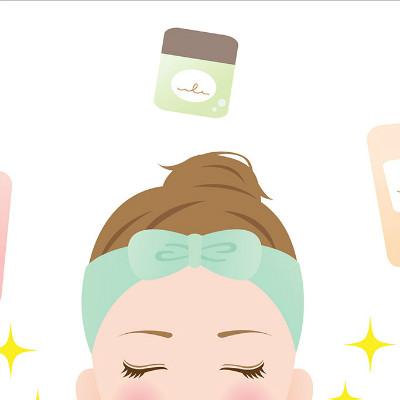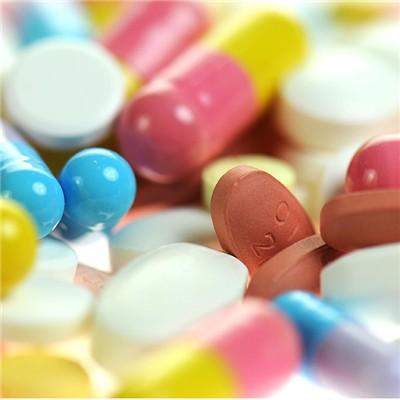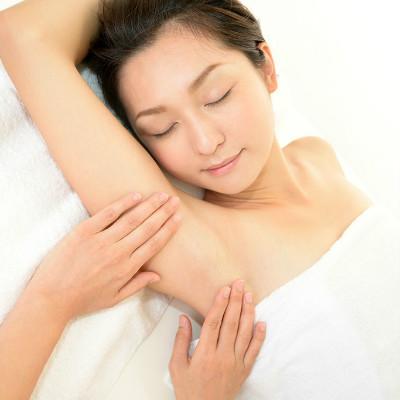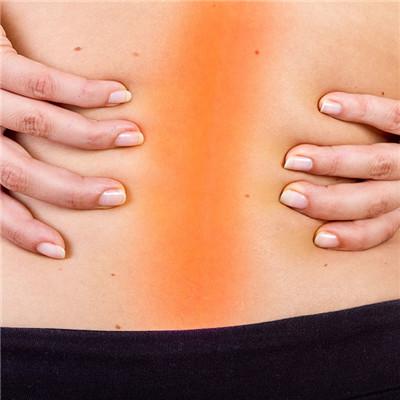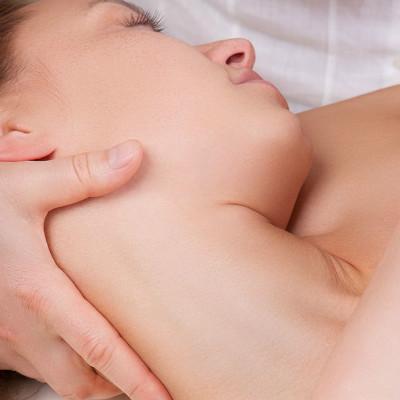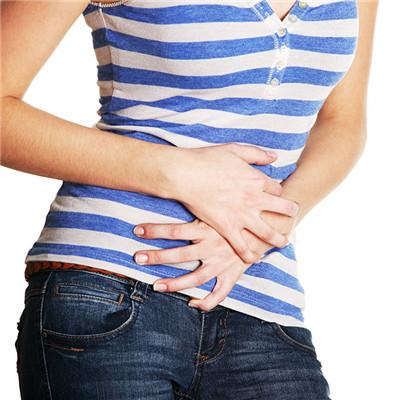How to differentiate and diagnose organochlorine pesticide poisoning?
summary
Organochlorine insecticides can enter the body from respiratory tract, digestive tract and skin, mainly excreted by the kidney, and a small amount can also be excreted from feces and milk. Because it is fat soluble substance, it has special affinity for fat rich tissue and can accumulate in adipose tissue. How to differentiate and diagnose organochlorine pesticide poisoning? Let's talk about it
How to differentiate and diagnose organochlorine pesticide poisoning?
The occurrence time and severity of poisoning symptoms vary according to the type, dosage form, quantity and entry route of poisons, generally within 30 minutes to several hours. Mild poisoning appeared headache, dizziness, fatigue, blurred vision, nausea, vomiting, abdominal pain, diarrhea, irritability, occasional muscle twitch, etc; Severe poisoning included hyperhidrosis, salivation, tremor, convulsion, tendon hyperreflexia, tachycardia, cyanosis, high body temperature, etc;
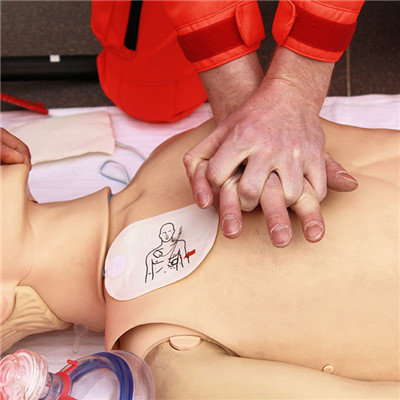
Severe poisoning may present as epileptic seizures or clonic and tonic convulsions, occasionally fall into coma and respiratory failure, or even die after severe and repeated seizures. After repeated convulsions, there may be mental changes or ataxia. In severe patients, blood pressure drop, pulse frequency, arrhythmia and even ventricular fibrillation may occur; Or liver and kidney damage.
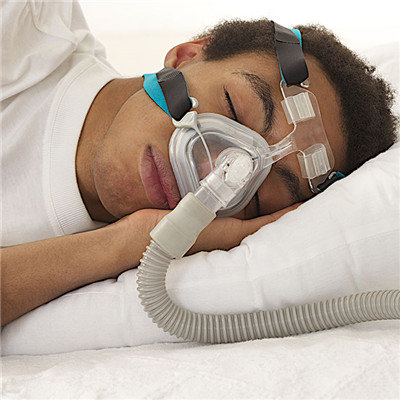
The patients with respiratory tract inhalation poisoning had symptoms of eye and nose irritation, throat discomfort, laryngospasm, tracheobronchitis, pneumonia, etc; In severe cases, severe cough, expectoration, hemoptysis, dyspnea, moist rales and other signs of pulmonary edema occurred; There may be epistaxis. Skin contact with BHC or DDT can cause contact dermatitis or allergic dermatitis, sometimes conjunctivitis or bronchial asthma.
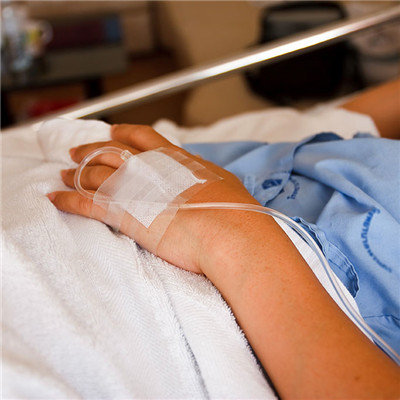
matters needing attention
In case of inhalation poisoning, the patient shall be immediately evacuated from the poisoning site and moved to a place with fresh air. In case of dyspnea, oxygen inhalation and other comprehensive measures should be taken. In case of skin contamination, wash with soapy water and 2% - 5% sodium bicarbonate solution immediately, and then wash thoroughly with clean water; In case of dermatitis, it can be cleaned with 1% sodium bicarbonate solution and coated with hydrocortisone ointment or strong soft ointment. In case of eye infection or conjunctivitis, rinse with normal saline, 2% sodium bicarbonate solution or water; In case of pain, 2% procaine hydrochloride solution can be used.


